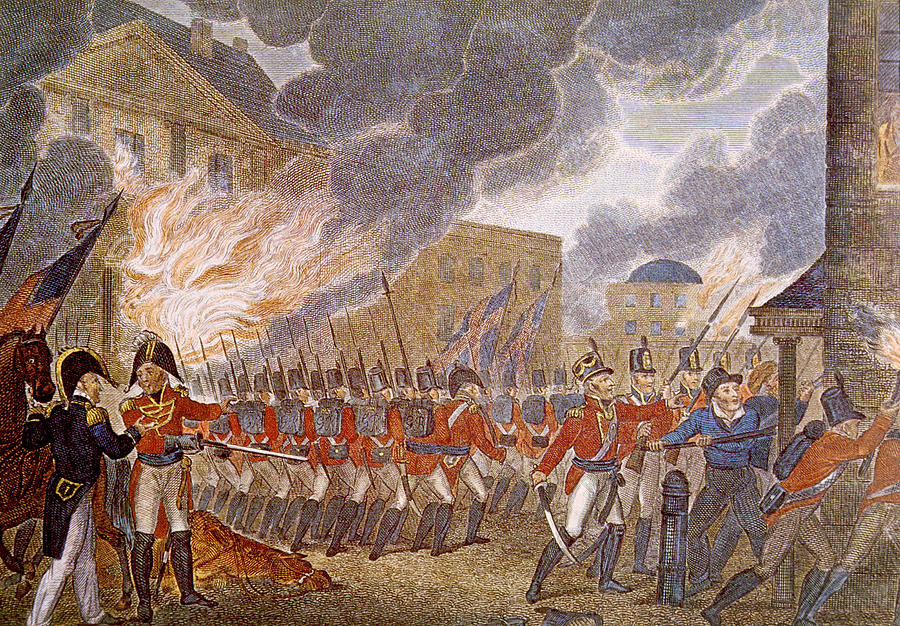In September 1814, fresh from their fiery victory in Washington, British forces set their sights on Baltimore, a thriving port city and a vital commercial hub. If Washington, a modest political center, had crumbled so easily, then surely Baltimore would fall just as swiftly—especially considering its defenders were the same Maryland militia that had famously fled at Bladensburg. But the British were in for a rude awakening.

The Transformation of the Maryland Militia
Just weeks earlier, Maryland’s militia had been little more than a punchline. When Major General William Winder, the U.S. commander at Bladensburg, had requested reinforcements from his uncle, Maryland Governor Levin Winder, he received a paltry 250 troops out of the 6,000 he had asked for. Even when President James Madison directly ordered 12,000 troops, the governor grudgingly provided only 6,000—many of whom turned out to be expert sprinters rather than soldiers.
But Baltimore was different. This was their home. The same militiamen who had retreated at Bladensburg now dug trenches with fervor, creating a five-mile-long defensive line around the city. The entire population, from young men to seasoned elders, rallied to the cause. By the time the British arrived on September 12, more than 10,000 defenders stood ready.
The Death of a General
Leading the British charge was Major General Robert Ross, the man responsible for torching Washington. But Ross had reservations about attacking Baltimore. Washington had been easy prey—a sparsely defended political outpost—but Baltimore was a different beast. His instincts proved correct.
As Ross and his troops advanced at North Point, the American militia, now fighting with newfound determination, engaged the British in a fierce skirmish. From behind the trees, a bullet found its mark, striking Ross in the chest. As he lay dying, he reportedly spoke of his wife, lamenting that he would never return to her. With Ross gone, the British land assault faltered, and by September 14, they withdrew, having failed to penetrate the city.
A Flag That Would Not Fall
Meanwhile, at sea, the British navy launched a relentless 27-hour bombardment on Fort McHenry, which guarded Baltimore’s harbor. The plan was simple: reduce the fort to rubble, then send troops to storm it. But the fort’s commander, Major George Armistead, had other plans. He had commissioned an enormous American flag—42 feet by 30 feet—from flag-maker Mary Pickersgill. If Fort McHenry still stood, that flag would fly.
Throughout the night, British cannon fire lit up the sky. Unable to return fire effectively, the Americans hunkered down, suffering little actual damage. As dawn broke, one man in particular searched desperately for a sign of victory—Francis Scott Key.
The Birth of a National Anthem
A lawyer from Georgetown, Key had been aboard a British ship negotiating the release of Dr. William Beanes, an elderly Marylander captured by the British. Though successful, Key and his companions were forced to remain with the British fleet until after the battle. From his vantage point, he witnessed the entire bombardment, anxiously waiting to see if the fort had fallen.
When morning arrived, the sight of Pickersgill’s massive flag still flying over Fort McHenry inspired him to jot down a poem. That poem, later set to music, became “The Star-Spangled Banner,” the national anthem of the United States.
Legacy of the Battle
The Battle of Baltimore proved that the United States was far from a pushover. It shattered the British assumption that American militias would always run and demonstrated that a city willing to fight for itself could withstand even the might of the British Empire. More than just a military victory, it became a defining moment of national pride, immortalized in the anthem that still plays at every American sporting event today.

No comments yet.